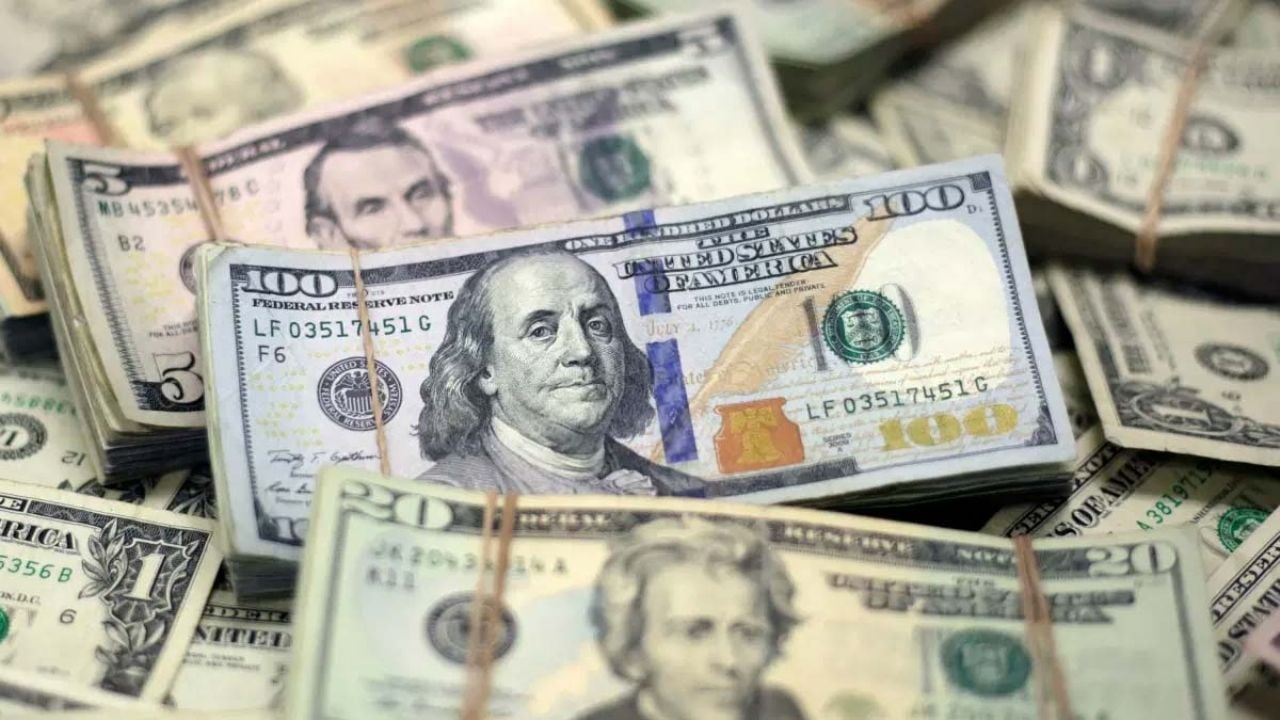He dollar The official exchange rate, which is the exchange rate controlled by the government and used for legal and commercial transactions, was quoted at $974 for sale and $934 for purchase. This value is determined by the Central Bank of the Argentine Republic (BCRA) and is usually kept relatively stable due to government interventions to avoid sharp fluctuations.
On the other hand, the dollar blue, which is the parallel and unofficial exchange rate used in the black market, was quoted at $1265 for sale and $1245 for purchaseThis exchange rate reflects supply and demand in the informal market, where currency restrictions and lack of confidence in the economy drive many to seek alternatives outside the official system.
The difference between the official dollar and the dollar The blue-chip exchange rate gap, known as the exchange rate gap, stood at approximately 33%. This gap is an indicator of the lack of confidence in the country’s economic policy and financial stability.
A high gap is often a sign of economic problems, such as high inflation, fiscal deficit and lack of international reserves. Several factors influence the dollar rate in Argentina. Among them are:

The decisions of the BCRA and the government regarding monetary emission, interest rates and public spending have a direct impact on the dollar exchange rate. An expansionary policy can lead to a devaluation of the peso and an increase in the exchange rate. dollar.
Argentina has experienced high inflation for several years. The loss of purchasing power of the peso has led citizens and companies to seek refuge in the dollar, increasing its demand and, therefore, its price.

Future
The future of the stock price dollar In Argentina it is uncertain and depends on several factors, both internal and external. Economic stability, confidence in government policies and the global situation will influence the evolution of the exchange rate. Meanwhile, the exchange rate gap will continue to reflect the tensions and challenges facing the Argentine economy.
The quote of the dollar The first week of September once again shows the complexity and volatility of the country’s foreign exchange market. The difference between the official dollar and the blue dollar reflects economic tensions and the lack of confidence in financial stability, factors that will continue to be crucial in the near future.


















